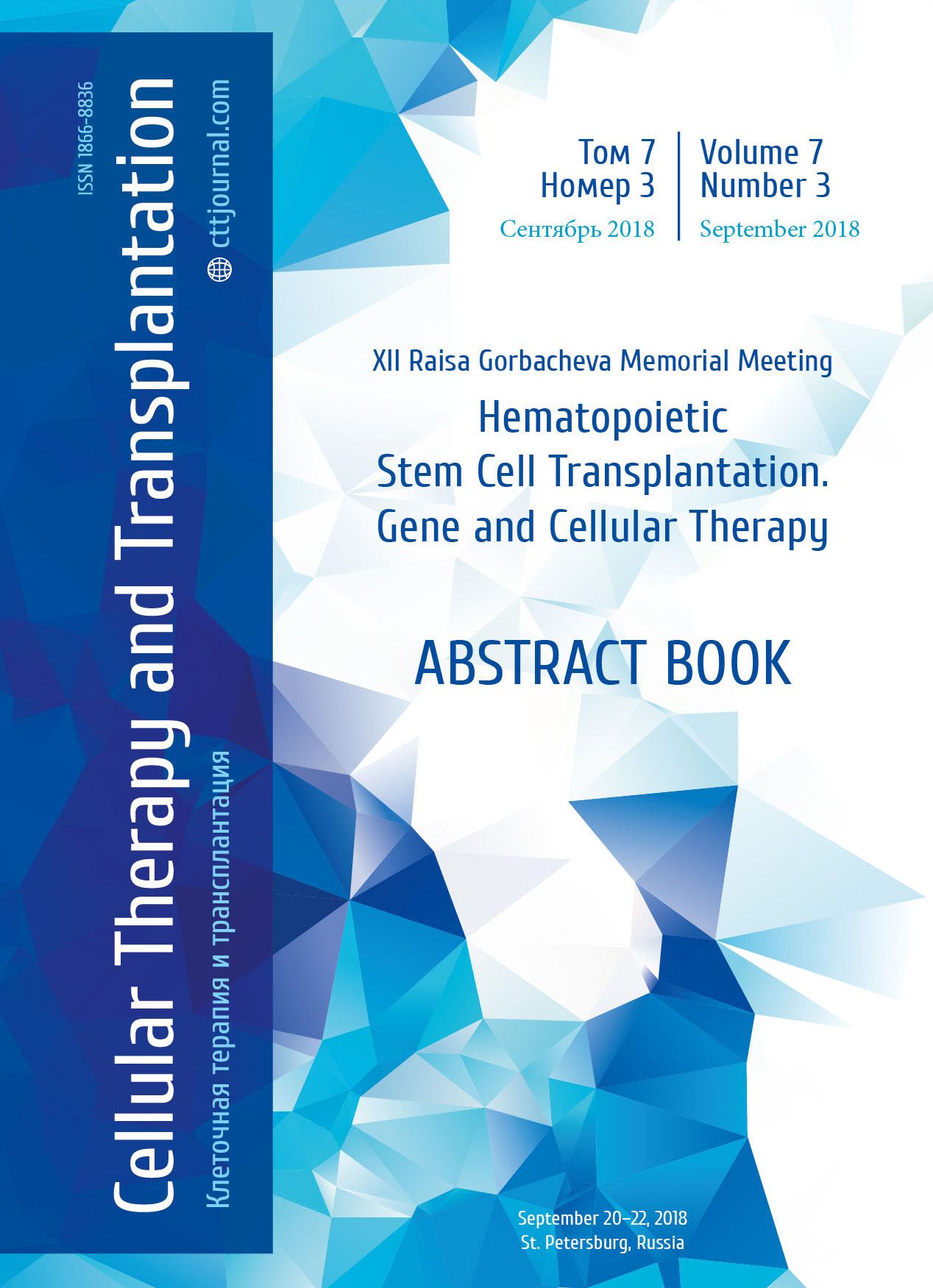Study of fears caused by medical manipulations in children 3 to 6 years old
Summary
Introduction
Cancer itself is a psycho-traumatic situation and may impair child’s normal development. When playing, the children utilize traumatic material associated with pain, discomfort and fear. The involved observation and clinical diagnostic interview methods were used to study this situation.
Patients and methods
A total of 15 patients with leukemia or neuroblastoma were included in the study. Patients’ mothers signed an informed consent for participation in the study. Six of the study participants were boys and 9 girls, all aged 3 to 6 years. The control group consisted of 15 healthy preschool children (2 groups of 7 and 8 children aged 5 to 6 years), 7 boys and 8 girls.
Results
In most games, the role of a doctor was played by a child. Only one child declined to impersonate both a patient and a doctor. Younger children mostly agreed to have for a “patient” a toy (proposed by psychologist or one of child’s own), child’s mother or a medical psychologist. The game lasted for 15-20 minutes. Most patients preferred to handle real medical consumables and instruments (syringes, adhesive tape, winged infusion sets or, more rarely, pills). Most often a syringe or an adhesive tape was chosen. As known from the mothers, injections and changing implanted catheter dressings were most unpleasant medical manipulations for their children. Similarly, most healthy preschool children preferred to use real medical instruments than appropriate toys. Patients form group 1 more often used a syringe, a winged infusion set, adhesive tape, gauze or pills. Children from Group 2 most often choose syringe or gauze. Among medical instruments, both groups more often choose phonendoscope or thermometer. One patient refused to cause pain to a “toy patient”. Other children sympathized with a “toy patient”, fondled the injection or dressing sites, or used soothing terms (“wait a little”, “it’s going to be all right”), wished prompt recovery and hugged their “patients”. One child was angry over his “patient” wishing him to “get hurt too”. First preschool group children were mostly scolding a toy “patient” for “being guilty of getting sick”. Second group children were mostly compassionate, encouraged a “toy patient” telling that “all the procedures are needed to get healthy”. From children’s schoolmasters we know that all first group children received vaccination about a week before a test. Children from the second group had no injections within this terms. Overall attitude towards toy “patients” was more mild in the second group.
Conclusions
1) When playing, the children mostly use the medical devices which cause them most discomfort and/or pain. 2) When manipulating the items children illustrate their own impression of medical procedures, which are most unpleasant. 3) Children may express their negative emotions directed towards medical manipulations via their play actions, these negative reactions may be suppressed in different ways by parents or medical staff. 4) The intensity of child’s own traumatic experience and an attitude of nearby adults may influence the child’s attitude towards other patients.
Keywords
Psychology, games, children, treatment, emotions.


